National Children’s Books Day is April 2. There are many children’s books that have impacted different generations – sometimes more than one. While there are too many to be able to mention all of them, let’s at least look at some of the highlights:
“Nancy Drew” by Carolyn Keene
The first “Nancy Drew” book, “The Secret of the Old Clock” was published in 1930. The author “Carolyn Keene” is actually a pen name that has been used for the different “Nancy Drew” series over the decades. Edward Stratemeyer was the creator of the plot for the early books who paid someone else to write the full story. For twenty-three of the first thirty books, this was Mildred Wirt Benson. Original ideas Stratemeyer had for the girl detective’s name included “Diana Dare” or, closer to the real one, “Nan Drew.” Now ninety years later, more than 600 “Nancy Drew” books have been written by different authors under the name “Carolyn Keene.”
“Charlotte’s Web” by E. B. White
E. B. White’s classic, “Charlotte’s Web,” was published in 1952. White had a farm himself that was similar to the one described in the story. The lead pig in the story, Wilbur, was based on one of White’s own pigs who was in poor health. This pig sadly did not survive, greatly affecting White, to his surprise. White also discovered a spider in his barn with an egg sack that later never returned. When he left his barn for the winter, he took the egg sack with him and eventually they hatched. This was his inspiration for the spider character, Charlotte.
“Where the Wild Things Are” by Maurice Sendak
“Where the Wild Things Are,” published in 1963, tells the story of a young boy who travels to the land of the wild things, where he becomes the king. It was originally titled, “Where the Wild Horses Are,” but after Sendak, having taught himself to draw, found that he could not draw horses, he said that what he did draw were “things.” Therefore, the book reached the name it has today. Sendak also inserted some themes from his childhood into the book, such as a life of poverty with a family he did not feel close to. Many have claimed that “Where the Wild Things Are” helps children deal with their emotions. It received the Caldecott Medal in 1964.

“The Cat and the Hat” by Dr. Seuss
This 1957 book is one of Dr. Seuss’s (real name being Theodor Suess Geisel) most popular, having sold more than 15.5 million copies. Originally, he was asked by the education director at Houghton Mifflin to create a book that would make young children want to read. Dr. Suess came up with the title of the book by finding two rhyming words in a primer that seemed to be fitting. He finally came to “cat” and “hat,” ending with the book that we all know today. “The Cat and the Hat” was completed with 236 beginner words, making it Dr. Seuss’s thirteenth book.
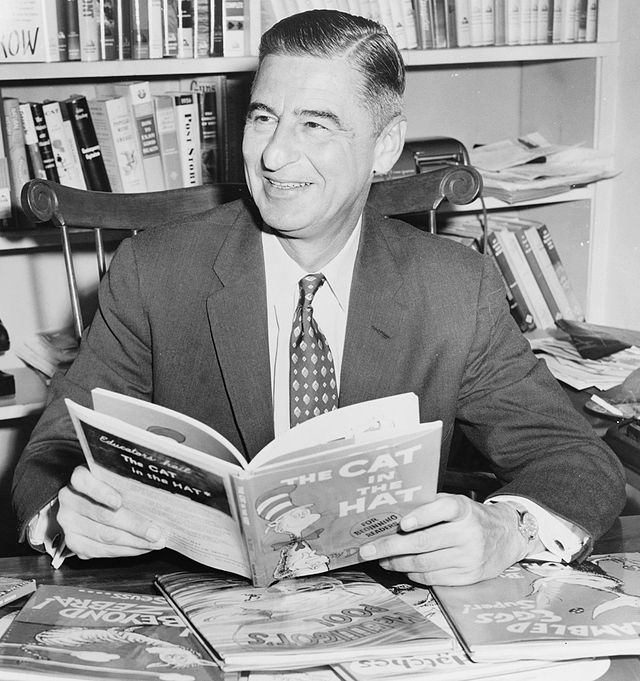
“Winnie the Pooh” by A. A. Milne
This popular story about a bear and his friends, including human Christopher Robin, has impacted different generations and many are familiar with the Disney adaptions as well. Originally published in 1926, this book found popularity as soon as it hit the shelves, selling more than 185,000 copies in the United States and the United Kingdom combined. The real “Winnie” was actually a black female bear that A. A. Milne and his son, Christopher Robin Milne, saw at the zoo. Milne’s son named a teddy bear he received after Winnie, and his father got his book idea after seeing him have his different stuffed animals interact. “Winnie the Pooh” has now sold more than 50 million copies all over the world.
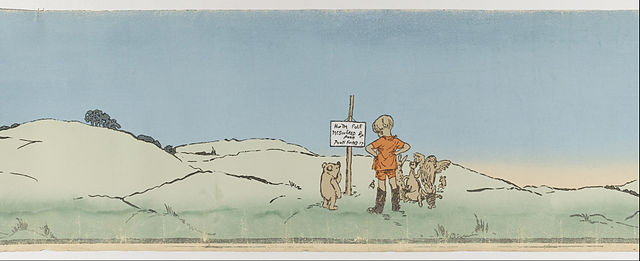
“The Hobbit” by J.R.R. Tolkien
“The Hobbit” takes place many years before “The Lord of the Rings” trilogy, but there are still some familiar characters for those who choose to read it later. Following the hobbit Bilbo Baggins on an unexpected adventure that involves dwarves, wizards and dragons, “The Hobbit” was published in 1937. When the first edition was printed, it sold 1,500 copies. J. R. R. Tolkien made changes in later editions, however, so that this story flowed better with the main trilogy. “The Hobbit” has now sold more than 100 million copies. The full title of the book is actually “The Hobbit, or There and Back Again.” This second part of the title is in reference to the book written by Bilbo in the story about his adventures.
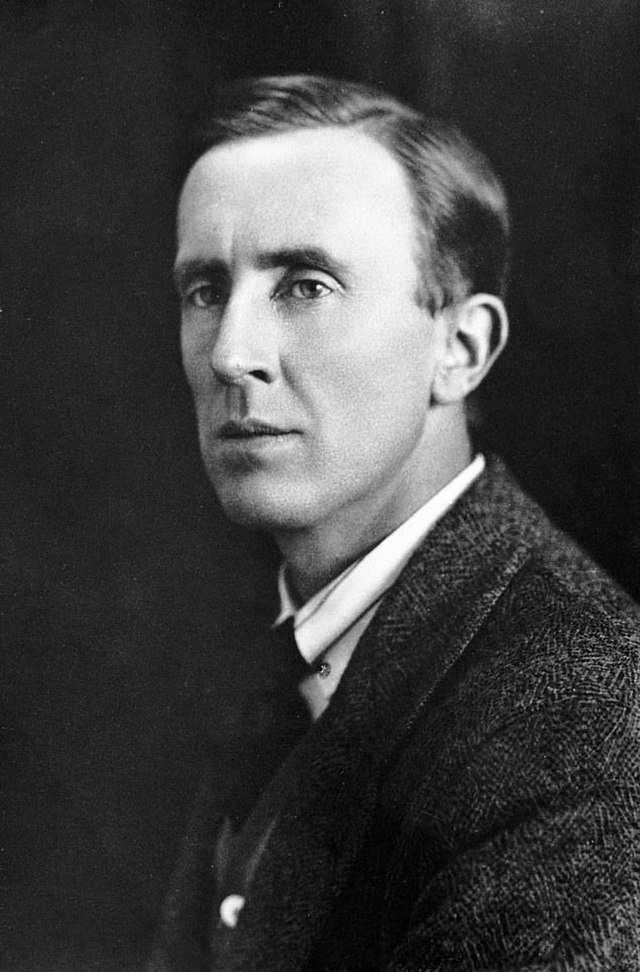
“The Lion, the Witch, and the Wardrobe” by C.S. Lewis
This book is one of several by C. S. Lewis about the magical land of Narnia. In this particular story, four siblings discover the world by going through a wardrobe. Published in 1950, “The Lion, the Witch and the Wardrobe” actually took ten years to write (1939-49). Since then, it has been translated into 47 languages and sold about 85 million copies. Many have found the story to show Christian allegory. Despite some beliefs, this book actually takes place second in the series, though it was the first one to be published.
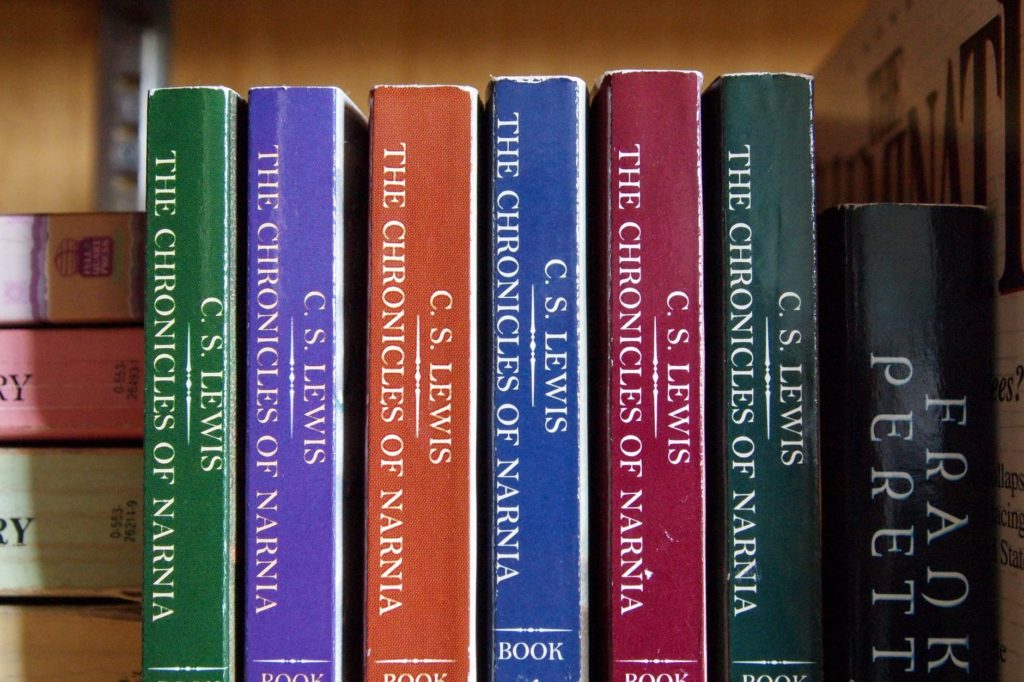
“Harry Potter and the Sorcerer’s Stone” by J.K. Rowling
There are six other books that are of equal worth, but since all of them can’t be listed, it’s fitting that they be represented by the first. Originally published in 1997 in the United Kingdom, “Harry Potter and the Sorcerer’s Stone” came to the United States in 1998. This book about a young wizard who attends the magical school of Hogwarts has not only fascinated children but people of all ages. As of 2020, this book alone has sold 120 million books worldwide. The “Harry Potter” series as a whole provides great life lessons, especially those on love and friendship.
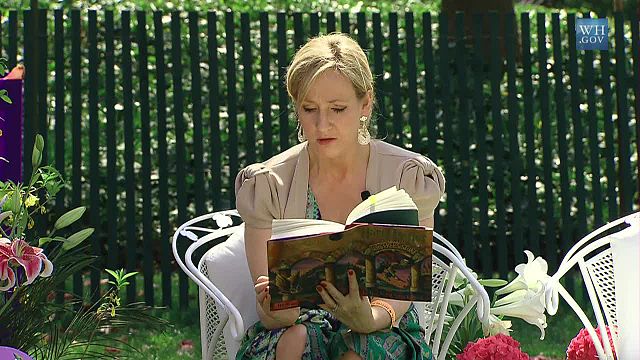
Rebekah Davidson
Intern


